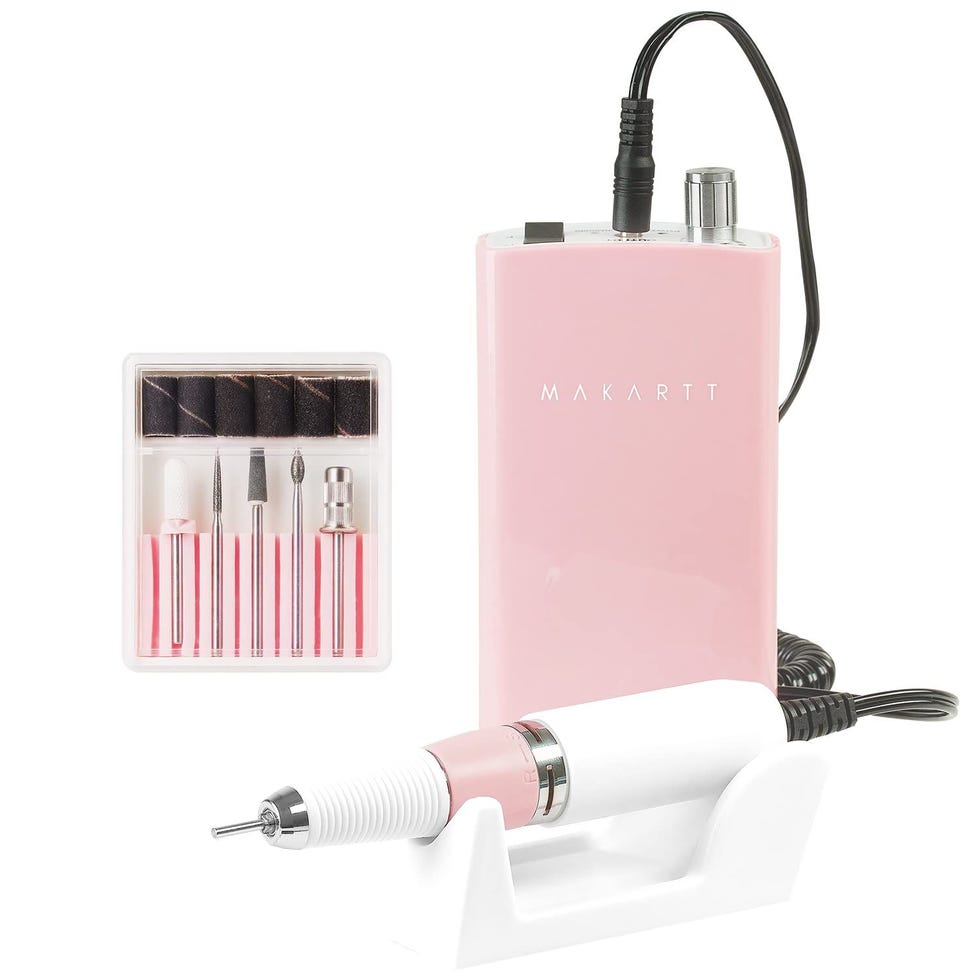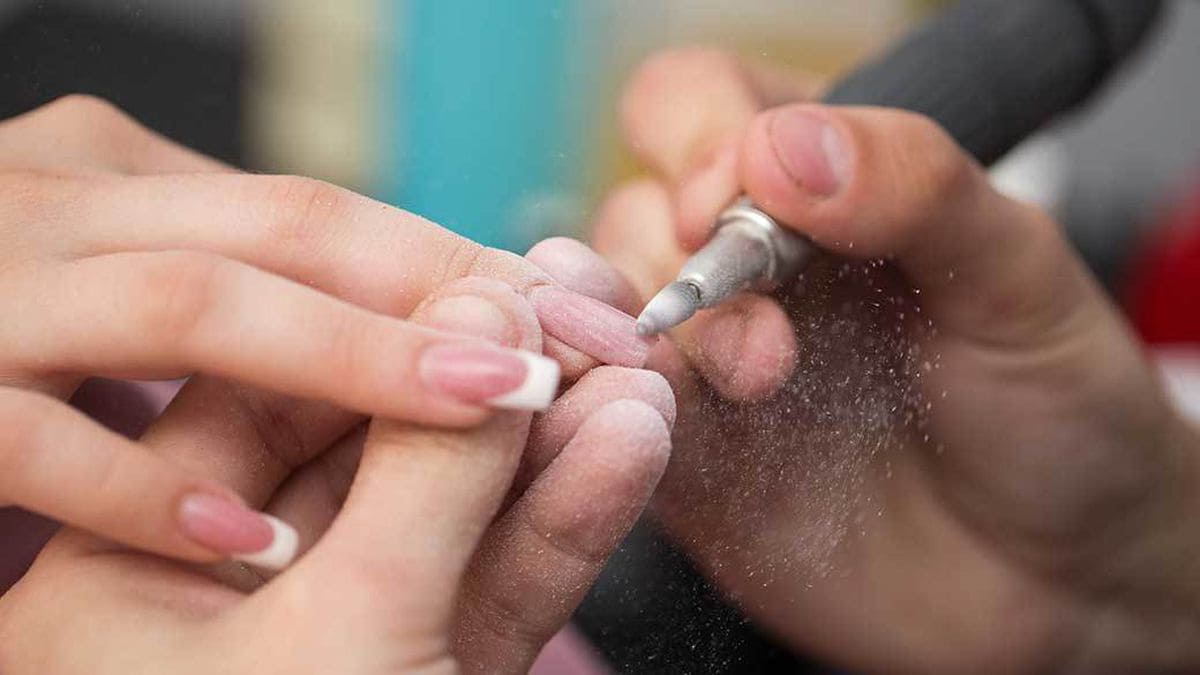In the world of nail care and manicures, achieving perfect, Insta-worthy dip nails often requires more than just nail polish and creativity. One indispensable tool in this quest for impeccable nails is the nail drill.
Whether you’re a professional nail technician or a DIY enthusiast, understanding what a nail drill is and how to use it can elevate your nail care routine to new heights.
What Is A Nail Drill?
A nail drill, also known as an electric nail drill or e-file, is an electric-powered rotary tool specifically designed for filing and shaping nails or removing nail enhancements. This versatile device has become a staple in nail salons and home manicure kits alike, revolutionizing the way we care for our nails.
Nail drills consist of a handheld unit that powers various interchangeable drill bits, each serving a specific purpose in the nail care process.
The Essentials Of Electric Nail Drills
Electric nail drills are essential tools for nail technicians and enthusiasts who aim for precision and efficiency in their nail care routines. These devices offer a wide range of capabilities, thanks to the various drill bit options available. Here are some common drill bits and their uses:

- Carbide Bits: Ideal for cutting or shaping gel and acrylic nails by shaving off layers of the manicure.
- Diamond Bits: Used for removing product buildup by gently scratching off the nail surface.
- Ceramic Bits: Similar to diamond bits but with less friction and heat generation, making them suitable for the same purposes.
- Flame Bit: Designed for creating an apex and cleaning around the cuticle area.
- Nib Bit: Perfect for removing hangnails, gently lifting the eponychium (nail fold), and delicate cuticle work.
- Safety Bit: Used for surface and infill cuticle work, backfill cutting, and shortening nails.
- Ball Bit: Ideal for cleaning sidewalls, prepping for backfills, and getting under the nails.
- Micro Ball Bit: Safely removes dead skin and ensures clean cuticles and nails.
- Flat-End Cylinder Bit: Removes shine from the surface area and side grooves.
- Needle/Thin Needle Bit: Files away residual cured gel or cuticles in hard-to-reach areas.
- Silicone Bit: Polishes the nail surface to make it smoother.
- Cleaning Brush: Essential for cleaning nail surfaces and drill bits.
It’s important to note that using an electric nail drill requires training, safety measures, and practice to avoid potential nail damage. Additionally, it should never be used on natural nails, which should only be filed with a light hand and a file with a grit of 180 or higher.
Also Read: How Long Does Acrylic Nails Last?
Manual Nail Files: A User-Friendly Alternative
For those who are new to DIY dip manicures or prefer a simpler approach to nail care, manual nail files offer a user-friendly option. These files come in various forms, each with its unique characteristics:

- Emery Boards: Common and versatile, made of cardboard with different grits on both sides.
- Wooden Nail Files: Similar to emery boards but made of wood and available in different grits.
- Buffing Blocks: Come in various grits and sizes for smoothing and shaping nails.
- Metal Nail Files: Made of stainless steel and more suitable for nail enhancements than natural nails.
- Sponge Boards: Extra-thick cushion files available in various grits, sanitizable, and disinfectable.
Also Read: What Are Dip Powder Nails? All You Need To Know
Choosing the right manual nail file depends on your specific needs, with the file’s grit number being a crucial factor. Grit number indicates the file’s abrasiveness, ranging from low to high grits:
- Low Grit Number (Coarse): Suitable for artificial nail enhancements.
- High Grit Number (Fine): Ideal for natural nails.
The grit number typically ranges from 80 (coarse) to 1000+ (superfine).

